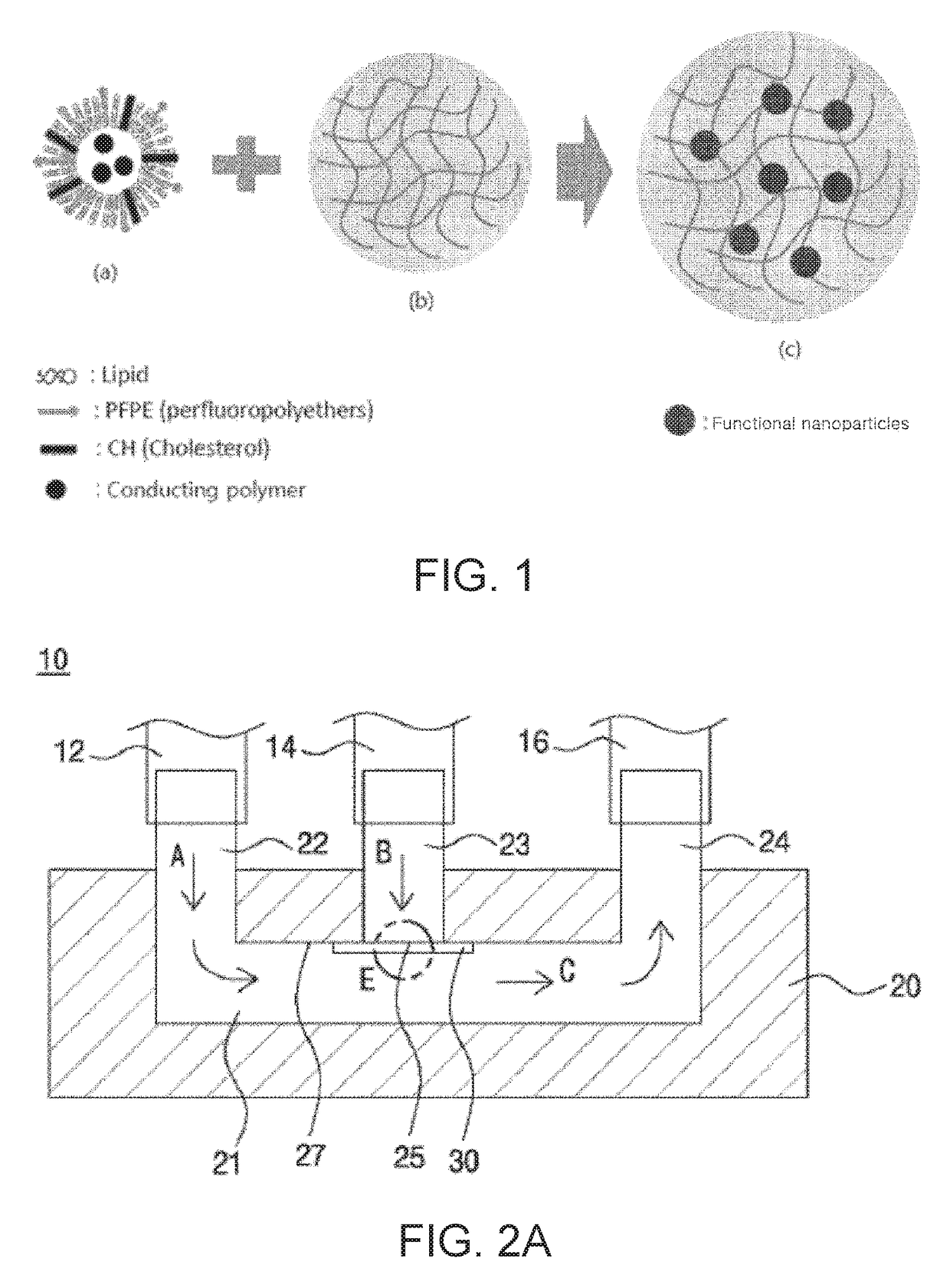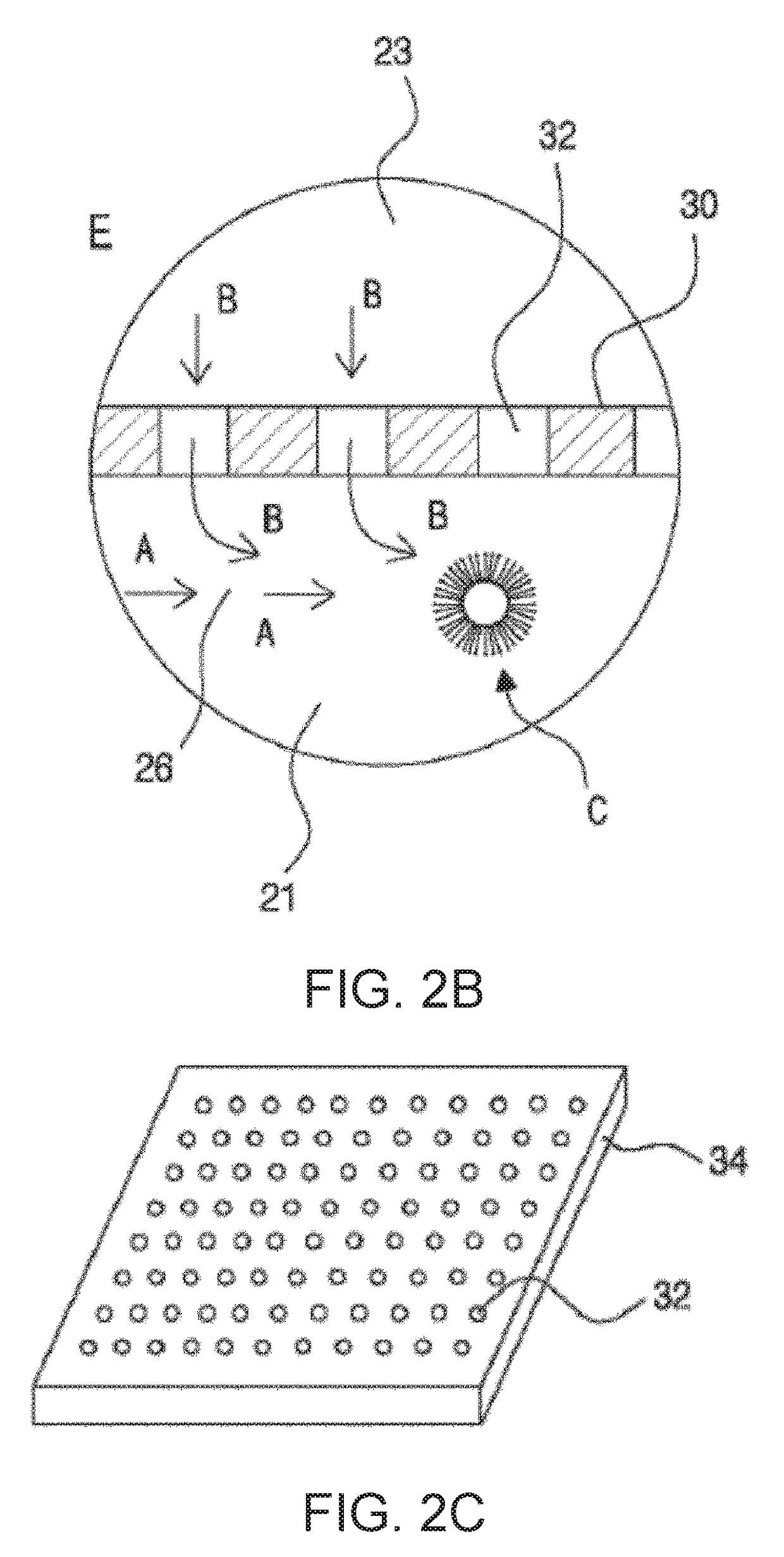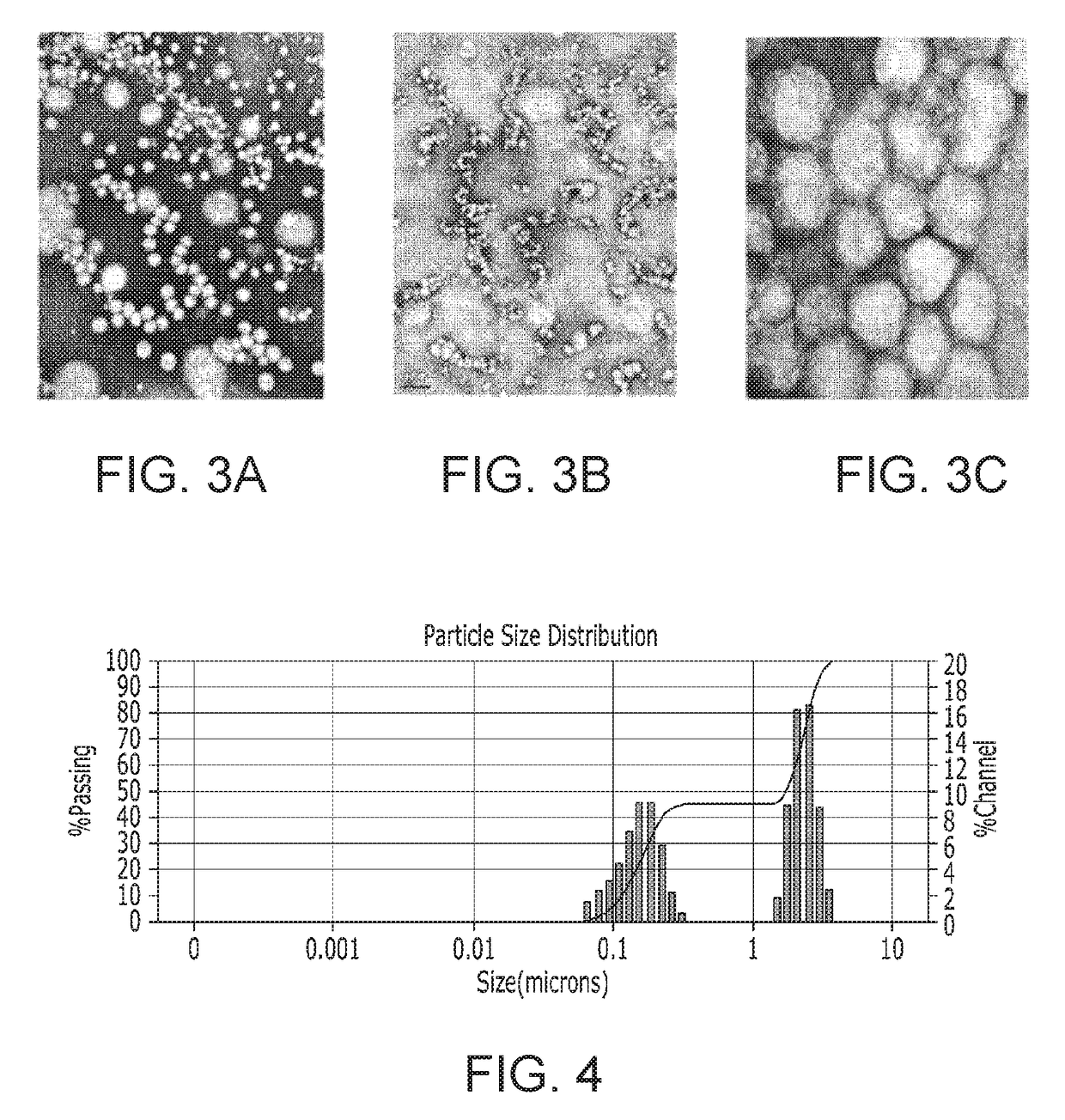Amphiphilic hydrogel particles for antifouling paint and method of fabricating the same
a technology antifouling paint, which is applied in the field of amphiphilic hydrogel particles for antifouling paint and the method of fabricating the same, can solve the problems of reducing power generation efficiency, deteriorating functionality, and affecting the appearance of ships or underwater structures, so as to enhance the functions of existing anti-corrosion/antifouling paint, maintain long-term functionality, and enhance the effect of anti-corrosion and anti-foul
- Summary
- Abstract
- Description
- Claims
- Application Information
AI Technical Summary
Benefits of technology
Problems solved by technology
Method used
Image
Examples
examples 1 and 2
Formation of Amphiphilic Hydrogel Particles for Antifouling Paint
[0042]Formation of Functional Nanoparticles
[0043]Amphiphilic nanoparticles were fabricated using a microfluidic chip provided with a micro-stencil. The microfluidic chip comprises a platform, a main channel formed in the platform to provide a vesicle-forming space, a first inlet channel (inlet 1) for feeding conducting polymers, a second inlet channel (inlet 2) for feeding a composition for forming functional nanoparticles, and a discharge channel for discharging the functional nanoparticles in vesicle form from the main channel (FIGS. 2A to 2C). The micro-stencil was fabricated through a dewetting-assisted molding process in which a silicone wafer with a pillar structure and PUA (polyurethane acrylate) are used.
[0044]A 5 mM conducting polymer polypyrrole aqueous solution was fed at a flow rate of 60 ml / h into the first inlet channel, and a composition for functional nanoparticles comprising sodium dodecyl sulfate (SDS...
example 1
Formation of Amphiphilic Hydrogel Particles for Antifouling Paint Using Alginate Polymer
[0053]In order to immobilize the functional nanoparticles on a hydrogel matrix, a dropping system using a centrifuge was adopted. Specifically, two 1 ml syringes were fixed to a 50 ml tube, and two 4 cm sized 25 G needles were set so that the ends thereof were in contact with each other. A CaCl2 solution for cross-linking an alginate polymer was placed in the bottom of the tube. A mixture solution comprising 0.5 to 4 wt % of an alginate solution and a functional nanoparticle solution mixed at a ratio of 2:1 was placed in one syringe, and a 0.5 to 4 wt % alginate solution was placed in the other 1 ml syringe. Then, dropping was performed using a centrifuge at 100 g for 5 min, yielding a hydrogel matrix having functional nanoparticles immobilized thereon.
example 2
Formation of Amphiphilic Hydrogel Particles for Antifouling Paint Using PDMP Polymer
[0054]PDMP hydrogel particles were obtained by radiating UV light (365 nm) to the bottom of the channel at regular intervals while passing a mixture solution comprising a solution of PDMP polymer dissolved in 1,4-dioxane (10 w / v %) and functional nanoparticles mixed at a ratio of 2:1 through the channel at a flow rate of 10 ml / h using a microfluidic chip.
PUM
| Property | Measurement | Unit |
|---|---|---|
| molar ratio | aaaaa | aaaaa |
| particle size | aaaaa | aaaaa |
| particle size | aaaaa | aaaaa |
Abstract
Description
Claims
Application Information
 Login to View More
Login to View More - R&D
- Intellectual Property
- Life Sciences
- Materials
- Tech Scout
- Unparalleled Data Quality
- Higher Quality Content
- 60% Fewer Hallucinations
Browse by: Latest US Patents, China's latest patents, Technical Efficacy Thesaurus, Application Domain, Technology Topic, Popular Technical Reports.
© 2025 PatSnap. All rights reserved.Legal|Privacy policy|Modern Slavery Act Transparency Statement|Sitemap|About US| Contact US: help@patsnap.com



